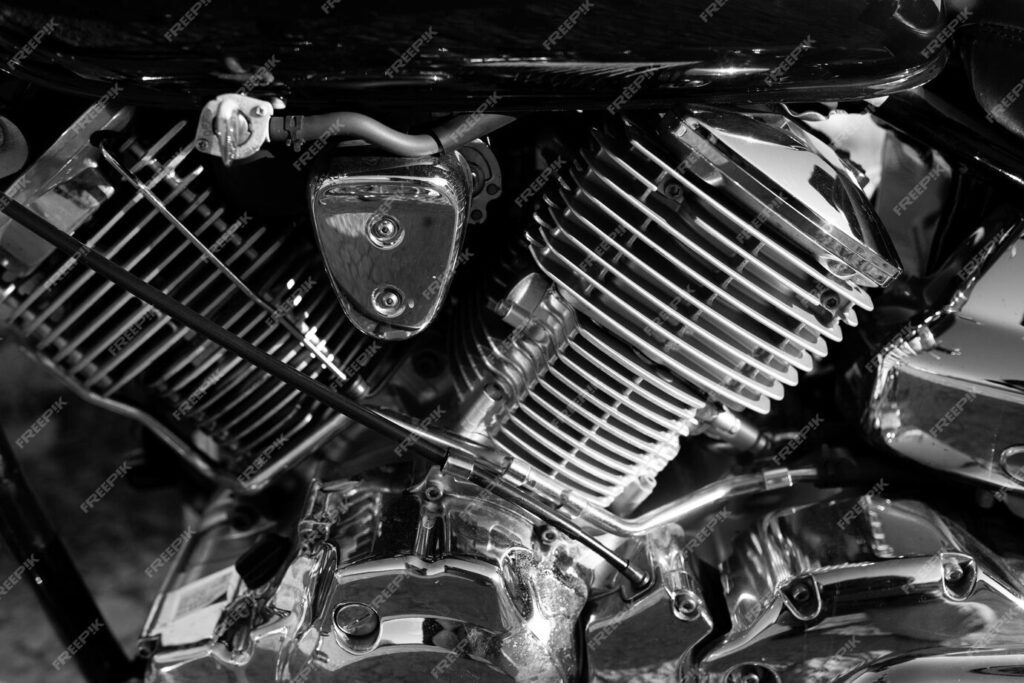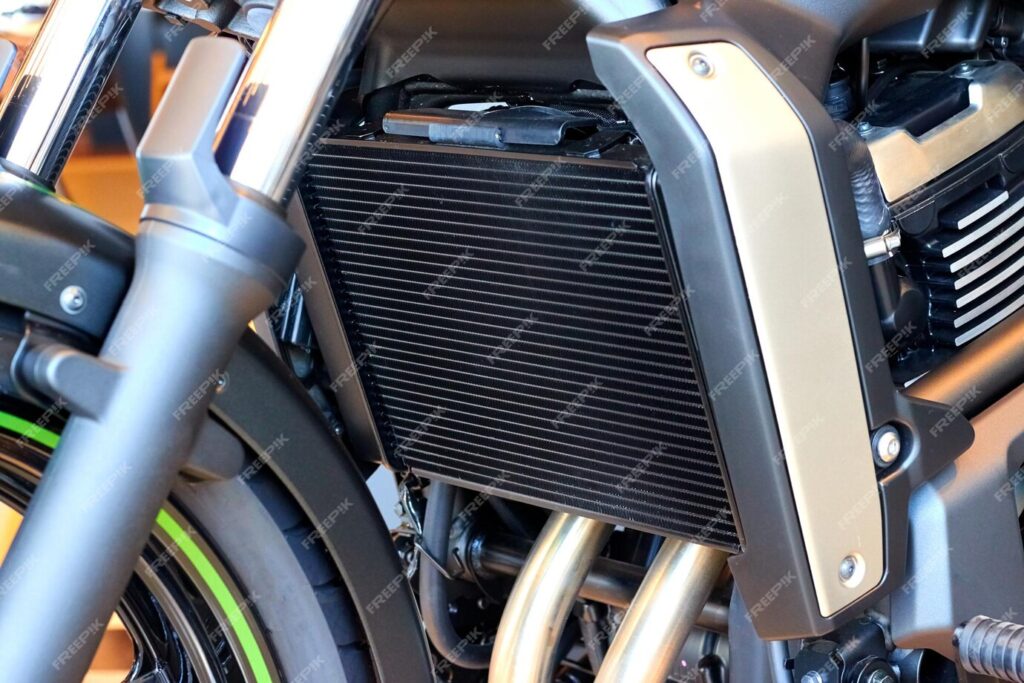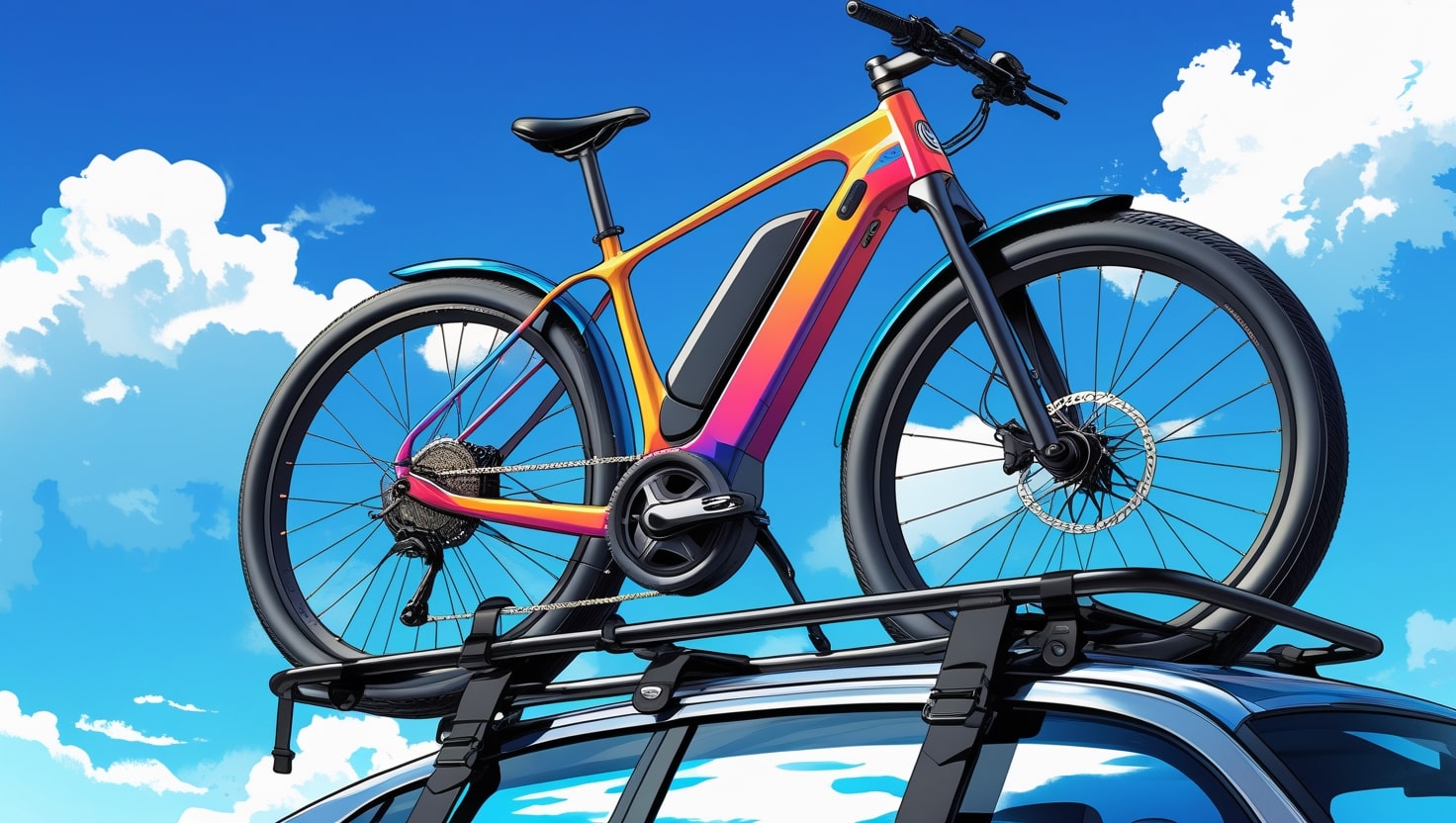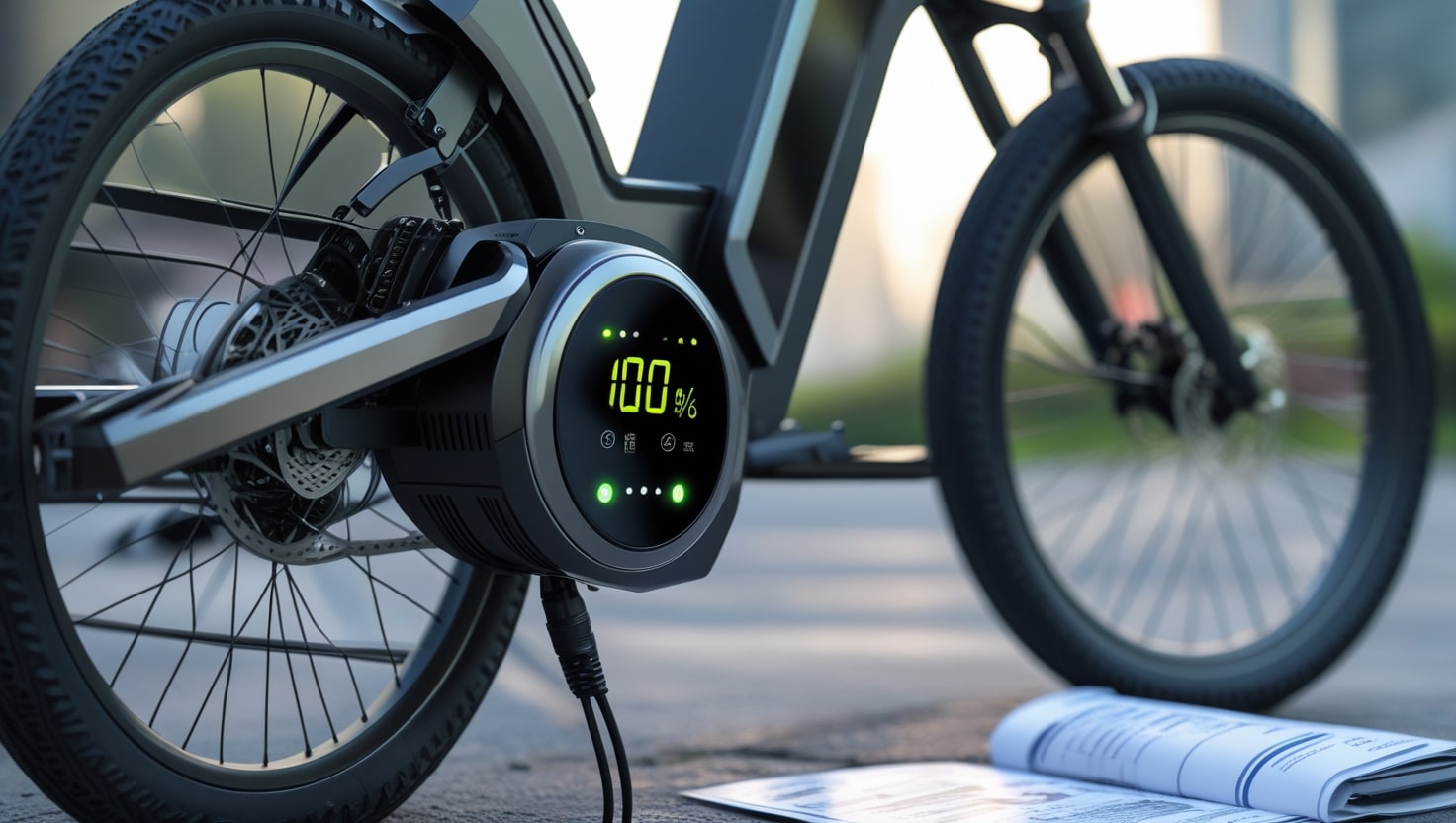When it comes to motorcycling, every experienced rider knows that safety should always be the top priority. Yet, many riders still neglect one often-overlooked but essential component of their motorcycle—the radiator guard. As someone who’s spent countless hours on the road, I’ve witnessed firsthand how vulnerable a bike’s radiator is to damage from debris, rocks, and other foreign objects. Without proper protection, these hazards can quickly compromise the cooling system, leading to a significant risk of engine issues, including overheating.
That’s why a protective accessory like a radiator guard, which is usually installed at the front of your motorcycle, has become increasingly popular. This seemingly simple addition acts as a shield to effectively protect the radiator, ensuring it can optimally dissipate heat generated during your ride. Considering the radiator is a critical component responsible for preventing your engine from overheating, investing in radiator guards is definitely a must-have. In my experience, it’s not merely an optional upgrade—it’s a practical solution to keep your bike functioning reliably, especially if your journeys frequently expose you to roads that are susceptible to unpredictable impact from flying objects.
Related: Connecticut ebike Laws Simplified
What is a Radiator Guard?
From years of riding motorcycles on various roads and racetracks, I’ve realized how essential radiator guards are. Let’s quickly define it—simply put, a radiator guard is a protective accessory made of a sturdy metal or durable plastic plate. It’s typically installed at the front of your bike’s radiator to protect it from damage caused by foreign objects like pebbles, gravel, and road debris. Given its exposed position, your radiator is especially prone to getting hit by small yet harmful things, which can lead to costly repairs or even accidents.
The need for protection dramatically increases when you’re pushing your bike at higher speeds, especially on a track that’s often littered with hazards like tire kickup and small screws. A radiator guard may look like a simple addition, but it’s highly effective in preventing problems. Plus, as a bonus, a radiator guard honestly just looks dope, making a significant difference in the style of your bike while adding crucial safety.

What are benefits of Using a Radiator Guard?
Protection from Debris:
One of the most obvious benefits of using a radiator guard is the protection it offers from debris on the road. Riding my bike daily has taught me that small things like rocks, sticks, and other foreign objects can cause serious damage if they hit the radiator directly. A radiator guard works like a barrier, preventing these hazards from hitting the radiator, thus avoiding costly repairs or dangerous accidents.
Improved Durability:
By protecting the radiator, which is a critical component of the motorcycle’s cooling system, you greatly improve your bike’s overall durability. Without a guard, the radiator is vulnerable, and even minor damage could lead to the engine overheating, potentially causing significant damage. From personal experience, I’ve seen how installing a radiator guard helped avoid unexpected breakdowns and kept my motorcycle running smoothly for longer.
Increased Resale Value:
A well-maintained motorcycle is always more valuable compared to one that’s been neglected or damaged. Using a radiator guard is an excellent way to keep your bike in good condition, which can notably increase its resale value in the future. When you decide to sell, a potential buyer will definitely appreciate the steps you’ve taken to protect the radiator from damage, and this extra care often results in a better selling price.
Easy Installation:
One of my favorite things about installing a radiator guard is how effortless and quick the process is. Most guards are specifically designed to fit directly onto the existing mounting points on your motorcycle. You won’t need any special tools or advanced mechanical skills—the whole simple process can usually be completed within just a few minutes.
Related: Nebraska eBike Laws

Types of Radiator Guards
Metal Guards:
Metal guards are the most popular kind of radiator guard you’ll find among riders. They are typically made from materials like stainless steel or aluminum, both known for their toughness. I personally prefer these because they offer excellent protection against road debris and are incredibly durable, meaning they can easily withstand heavy impacts without bending or breaking.
Plastic Guards:
Plastic guards provide an affordable option compared to metal guards. They are usually constructed from high-density polyethylene (HDPE), making them very lightweight and easy to install. However, in my experience, they’re not as durable as metal ones and might crack or break if subjected to a particularly heavy impact.
Mesh Guards:
For those who frequently ride on rough terrains, like myself, mesh guards are a popular option. These guards are made of a durable metal mesh specifically designed to provide solid protection from flying debris while still allowing proper airflow to your bike’s radiator. They’re especially favored among off-road riders because they offer maximum protection while effectively maintaining optimal cooling performance.
Related: California Ebike Laws Simplified

Conclusion
As an experienced rider, I’ve found that a radiator guard is a truly must-have accessory to protect your motorcycle. It provides essential protection from road debris and significantly helps prevent dangerous accidents and costly repairs. Beyond safety, it notably improves the durability of your bike and enhances its resale value. There are several types of radiator guards available, including metal, plastic, and mesh, each offering its own advantages and disadvantages. Personally, I appreciate that installing any of these options is relatively easy, making a radiator guard an excellent investment to improve your motorcycle’s overall performance and longevity.
Related: Massachusetts Electric Bike Laws
Related: Missouri Ebike Laws Simplified
FAQs
1. Are radiator guards compatible with all motorcycle models?
When considering a radiator guard for your bike, it’s important to know that they are available for most motorcycle models, but compatibility isn’t always guaranteed. From my experience, it’s always a good idea to check with the manufacturer or a trusted dealer to ensure that the guard you choose will fit your specific model.
2. Do radiator guards affect the motorcycle’s cooling performance?
When considering radiator guards, it’s important to know that most are designed to allow airflow to the radiator, ensuring they won’t affect your motorcycle’s cooling performance. I’ve used a few myself, and I’ve found that if you choose a guard that is specifically made for your motorcycle model, it will help maintain optimal performance without disrupting the cooling process.
3. Can I install a radiator guard myself, or do I need a professional to do it?
When it comes to installing a radiator guard, it’s a simple process that most riders can easily do on their own without needing professional help. I’ve done it myself, and I can tell you that guards typically come with clear installation instructions and only require basic tools to get the job done. Whether you’re a seasoned rider or a beginner, you’ll find that getting the radiator guard installed is a task that can be completed quickly and easily.
4. Are radiator guards expensive?
The cost of a radiator guard can vary depending on the type and brand you choose. However, compared to the high cost of repairing or replacing a damaged radiator, a radiator guard is actually a very affordable investment.
5. Can a radiator guard prevent all types of damage to the radiator?
A radiator guard offers essential protection by shielding the radiator from debris and foreign objects on the road, but it’s important to understand that it can’t prevent all types of damage. For example, it won’t protect against damage caused by a collision or major impact. However, I’ve noticed that using a radiator guard can significantly reduce the risk of many common issues, and it helps increase the durability of your motorcycle, making it a smart investment for long-term protection.








